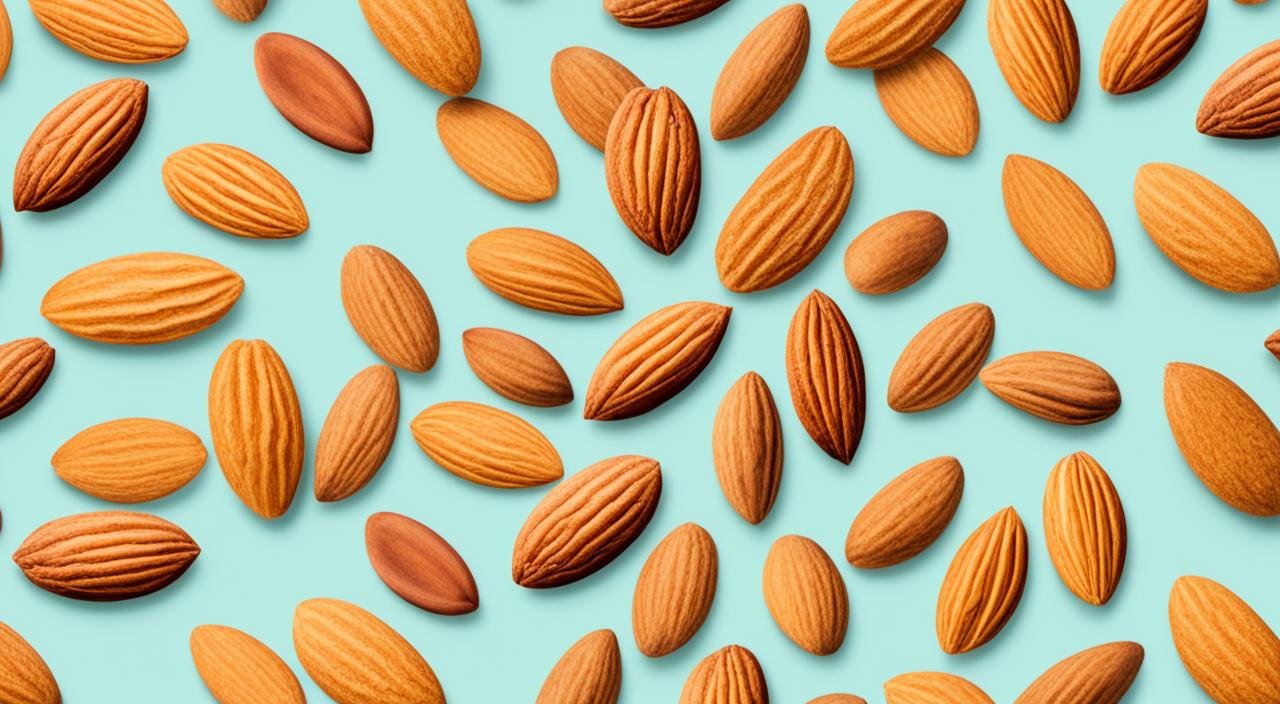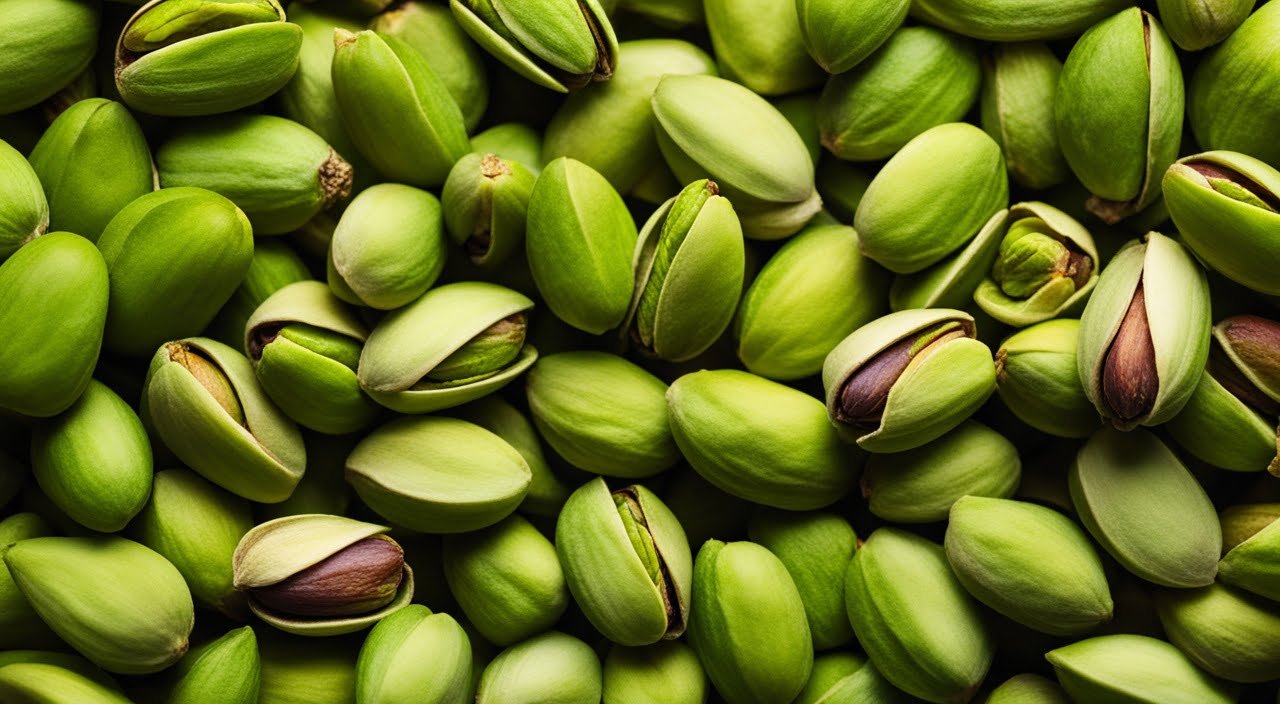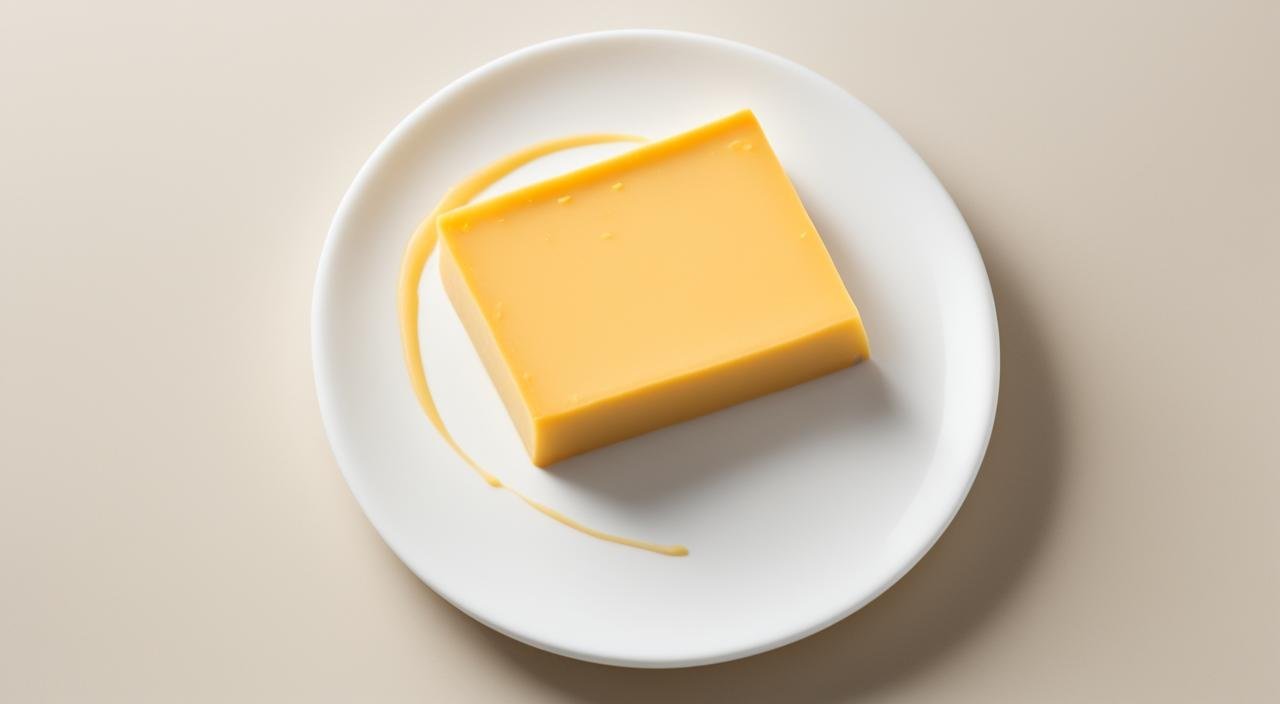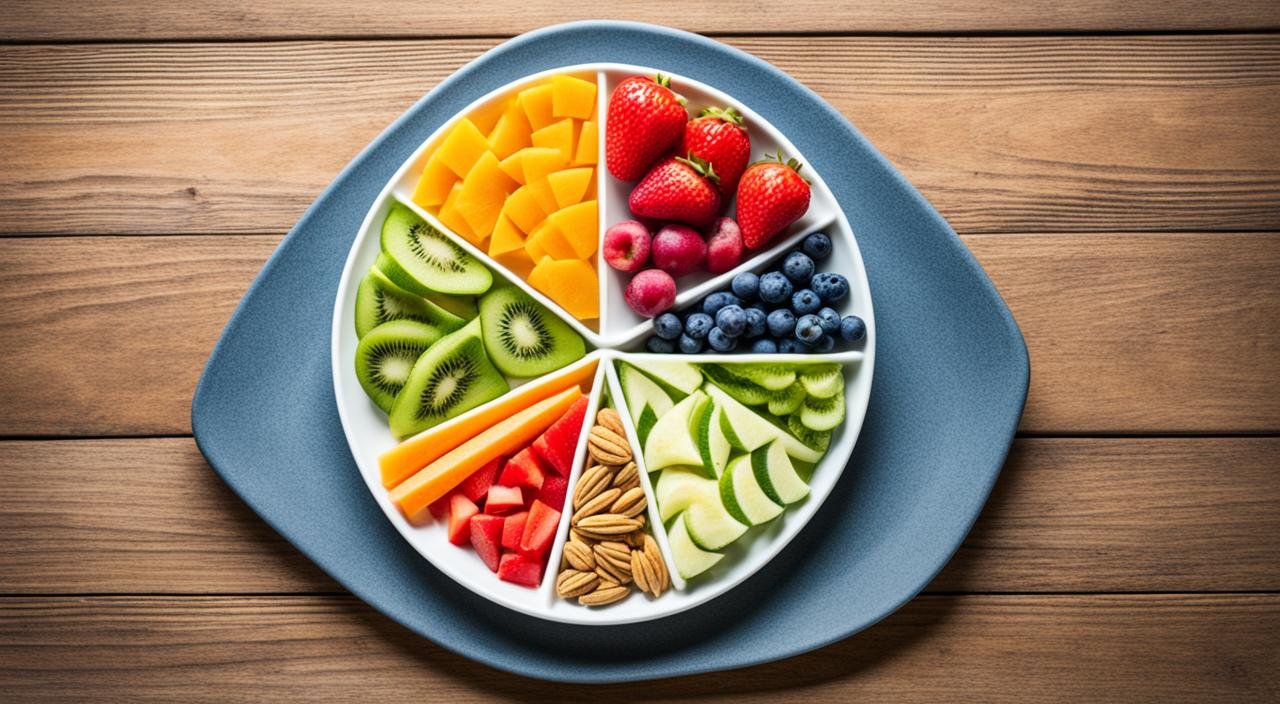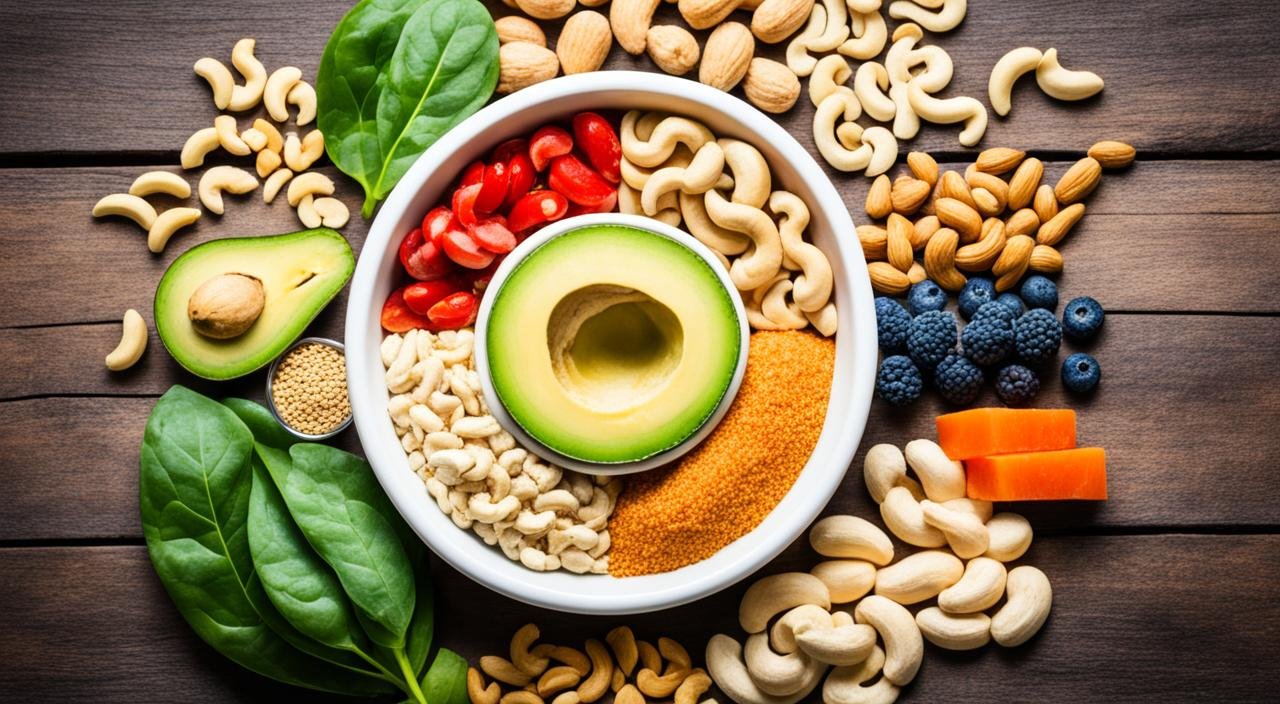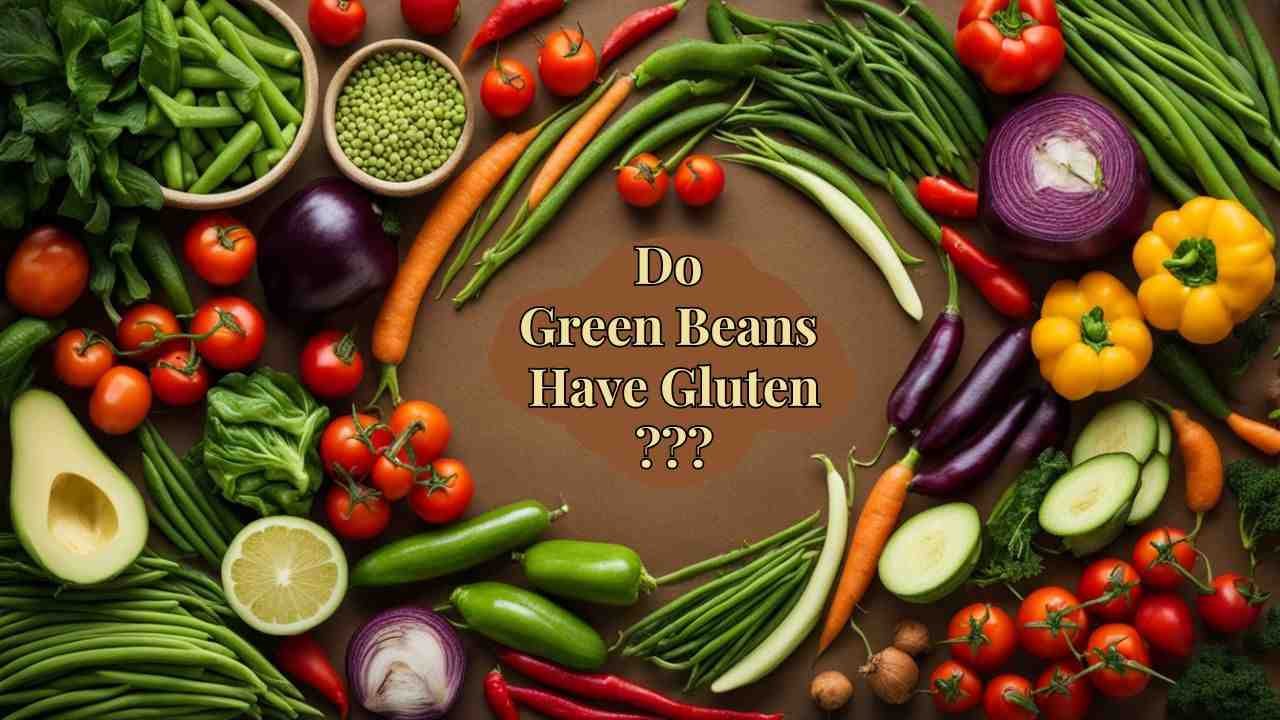Are almonds gluten-free? Many wonder about this when they’re on a gluten-free diet. It’s important to know what we can eat and what to avoid. Almonds are a great, safe snack for those avoiding gluten. They are not only tasty but also healthy.
Gluten is in things like wheat products, beer, and pasta. It might upset the stomach of someone with celiac disease. A gluten-free diet means no wheat or rye for food safety. This diet helps people with celiac disease feel better without gluten. Though, others with non-celiac gluten sensitivity (NCGS) might also need to skip gluten for health. Always get advice from a doctor who knows about stomach problems.
If you have celiac disease, avoid all gluten to stay healthy. For those with NCGS, cutting back on gluten may be enough. And anyone with a wheat allergy must stay away from wheat, which includes going gluten-free.
Key Takeaways
- Almonds are naturally gluten-free, making them a safe and nutritious choice for those following a gluten-free diet.
- Almond flour is a popular gluten-free baking ingredient that can be used to make breads, muffins, cakes, and other baked goods.
- Gluten-free snacks like fresh fruits, vegetables, nuts, and seeds can be enjoyed as part of a balanced diet.
- Carefully reading food labels and being vigilant about cross-contamination are essential for maintaining a strict gluten-free lifestyle.
- Consulting with a healthcare professional can help individuals with gluten-related disorders develop a personalized gluten-free meal plan.
Introduction to Gluten and Gluten Intolerance
Gluten is found in wheat, barley, rye, and spelt. Its name comes from the Latin word for glue. Gluten has a glue-like property that makes bread rise and gives it a chewy texture.
What is Gluten?
Some people get stomach issues from eating wheat or foods with gluten. Those with celiac disease can get very sick from gluten. It’s an autoimmune disease that harms the intestines when they eat gluten.
Celiac Disease and Non-Celiac Gluten Sensitivity
Celiac disease affects about 1% of Western people. It can cause a lot of health problems if not treated. Some may not have celiac disease but still get sick from gluten. This is known as non-celiac gluten sensitivity.
Symptoms of Gluten Intolerance
Those with non-celiac gluten sensitivity find their stomach problems get better on a gluten-free diet. If you think gluten makes you sick, talk to a doctor or a healthcare professional first. They can help with tests and advise on diet changes.
Naturally Gluten-Free Foods
Some might think many foods are off-limits with a gluten intolerance. Yet, there’s a wide array of naturally gluten-free foods out there. They’re not just healthy but also tasty, offering a chance for a diverse, good-for-you gluten-free diet.
Fruits and Vegetables
In the world of food, fruits and vegetables are the heroes for those avoiding gluten. Naturally gluten-free, they include everything from sweet apples and berries to crisp carrots and greens. So, you can load up on these plant-based goodies without worrying about gluten.
Legumes and Gluten-Free Grains
Don’t forget about legumes, which are top picks for the gluten-fearing. Beans, lentils, and chickpeas are all gluten-free. Then there are gluten-free grains like quinoa, buckwheat, and rice. They’re full of fiber and good stuff. Also, you can bake with gluten-free flours made from nuts, beans, and seeds.
Nuts, Seeds, and Nut Butters
Next up are nuts, seeds, and nut butters, the go-to snacks for many. They’re not just tasty but gluten-free, providing healthy fats and proteins. Take almonds, a standout with fiber, vitamin E, and even calcium. A truly healthy snacking option.
Are Almonds Gluten Free?
Almonds are naturally gluten-free. This makes them perfect for anyone on a gluten-free diet. They are full of nutrients. You can eat almonds on their own or use them in gluten-free recipes.
Almonds as a Gluten-Free Snack
One serving of almonds has 6g of protein. This makes them a good energy source. They are full of vitamin E, magnesium, and riboflavin too. Almonds help give your heart a healthy boost, supporting good cholesterol levels.
Almond Flour and Gluten-Free Baking
Almond flour is a key gluten-free baking ingredient. It can make bread, muffins, cakes, and more. It’s higher in protein and fiber than wheat flour. But it has fewer carbs. This means it’s a healthy choice for those not eating gluten. The mild taste of almond flour makes it perfect for sweets in a gluten-free diet.
Processed Foods and Condiments
There is a potential risk of containing gluten in those almonds which are processed, so it is better to judge them before use.
Curious to know about all nuts? Which nuts have gluten, which don’t. Read now “Are All Nuts Gluten Free?“

Gluten-Free Snacks and Meal Ideas
Being gluten-free doesn’t have to be bland. You can enjoy tasty and nutritious snacks such as fresh fruits, nuts, and hard-boiled eggs. For meals, choose a protein, gluten-free grain, and lots of veggies. Things like quinoa and gluten-free pasta make great meals.
Gluten-Free Snack Options
There are loads of gluten-free snacks to pick from. You might like Artisan Tropic Cassava and Plantain Chips ($4.50 for a 4.5 oz bag), or Lil Bucks Crunch and Clusterbucks ($6.99 for a 6 oz. bag each). If you want something sweet, try Emmy’s coconut cookies ($5.99 for a 6 oz. bag) or The Real Cookies ($3.49 to $7.00).
Gluten-Free Meal Planning Tips
Plan your meals with gluten-free recipes. Make sure they have protein, a grain, and lots of veggies. Quinoa and rice are great for making filling dishes. Creativity can lead to meals that are both tasty and good for you.
| Gluten-Free Snack | Price | Size |
|---|---|---|
| Artisan Tropic Cassava and Plantain Chips | $4.50 | 4.5 oz bag |
| Lil Bucks Sprouted Buckwheat Crunch and Clusterbucks | $6.99 | 6 oz. bag |
| Undercover Snacks (quinoa and chocolate) | $3.99 | 2 oz. bag |
| Emmy’s Organics coconut-based cookies | $5.99 | 6 oz. bag, 9 cookies |
| The Real Cookies | $3.49 – $7.00 | Online |
Reading Food Labels and Cross-Contamination
Avoiding gluten means checking food labels carefully. You need to find gluten in the ingredients. Luckily, laws now make it easier. They require labels to show if food has the eight major allergens, including wheat.
Still, you must check all ingredients. Gluten might hide in things like malt and soy sauce.
Understanding Food Labels
Looking for gluten-free foods? Check the labels closely. Make sure there is no hidden gluten by reading all ingredients.
Avoiding Cross-Contamination
Gluten touching gluten-free foods is a danger. This happens when cooking. Dining out? Tell the staff you can’t have gluten. Always ask about how they prepare food.
At home, keep things separate. Use different pots and tools for gluten-free cooking. This way, you truly avoid gluten.
I’m Dr. Shivani, a Kolkata-based nutritionist since 2015. After 10 years of igniting a love for healthy eating in young minds as a High School nutritionist teacher, I now help individuals unlock their full potential through personalized diet plans. My passion for writing and sharing nutrition knowledge (through blogs and observations) keeps my practice fresh and fuels my love for the field!

